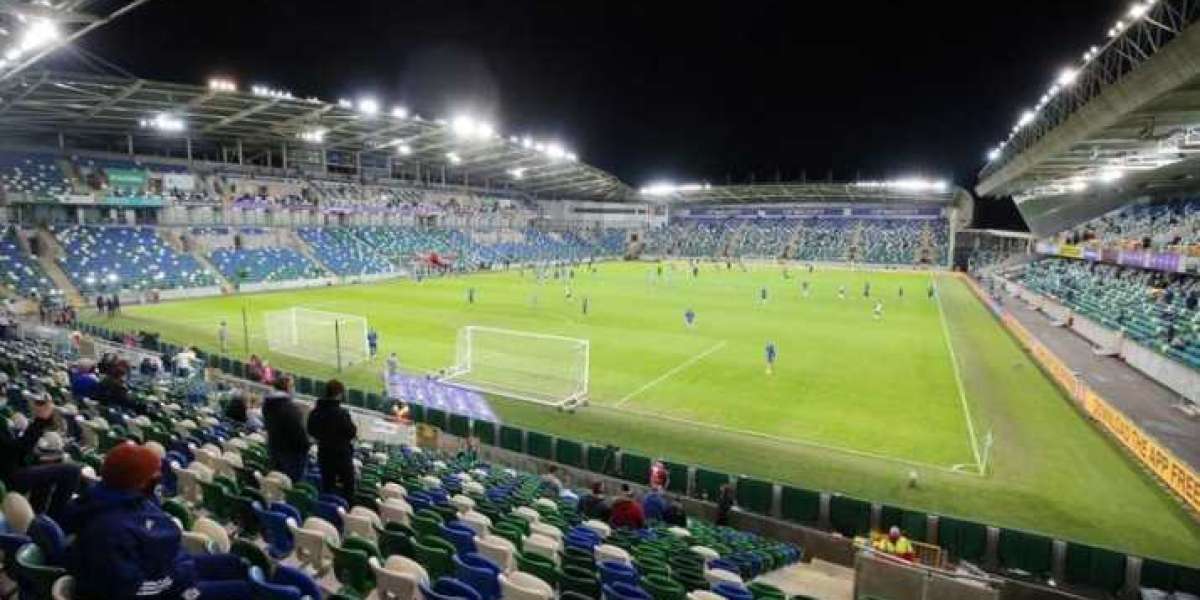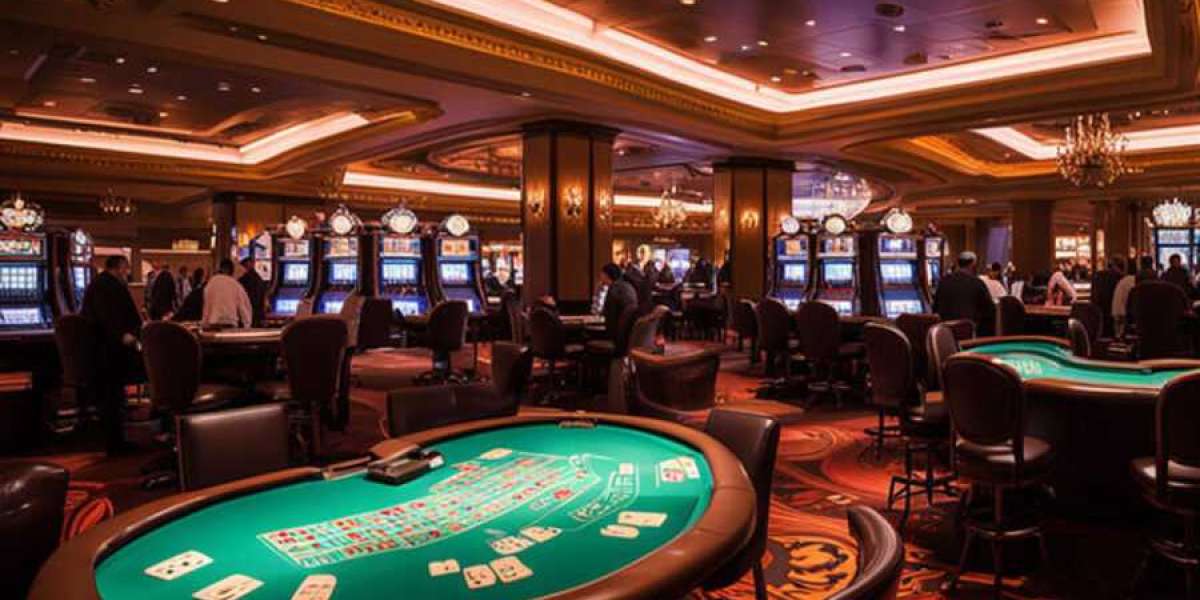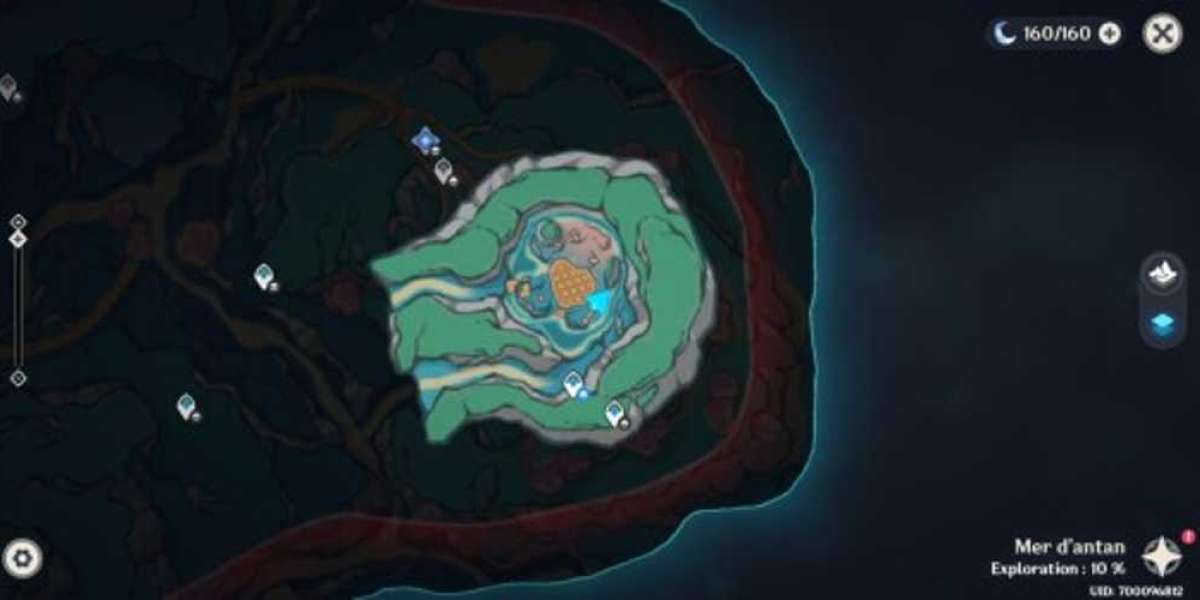The history of Casement Park stadium in West Belfast underscores the inextricable connection between sports and politics in certain regions of the world.
Sports and political authorities are collaborating closely in an effort to bring international football to a reconstructed Casement Park, a crucial component of the Euro 2028 event.
he British and Irish governments, plus the main sporting bodies, are together hoping the new stadium will be up and running two years before the tournament starts.
If it happens, it would be a historic moment in post-conflict Northern Ireland.
Outside of the island of Ireland, some may wonder what the fuss is all about?
What is the big deal about playing soccer matches at a gaelic football venue in west Belfast?
The simple answer is that it would turn a lot of Belfast history on its head.
West Belfast is a predominantly Irish nationalist area, where the main sports are those organised by the Gaelic Athletic Association (GAA).
It used to be that only GAA games were allowed on their pitches.
In the past 20 years, that old rule has been relaxed, and now there is a realistic possibility of international soccer being played on a gaelic pitch in west Belfast.
The Northern Ireland football authority, the IFA (Irish Football Association), is fully behind the idea. The Northern Ireland team plays at the 18,500-capacity Windsor Park in a predominantly unionist part of south Belfast.
The capacity is well below the 30,000 minimum to host matches at the Euros, hence the reason Casement Park was picked instead.
The distance between Windsor and Casement is only 2.5 miles. They are separated only by a motorway.
However, historically, very few fans have frequented both grounds.
The expression 'crossing to the other side' springs to mind. The historical divisions in Belfast mean communities can live side-by-side with very little interaction.
It is part of what the Nobel Peace Prize winner John Hume called 'an accident of birth'.
Not many people growing up near Casement Park would have gone to Windsor Park, and vice versa.
Efforts continue to break down the social barriers between divided communities in Belfast. It is a very slow process.
The rebuilding of Casement Park might help, and that is one of the reasons why the British and Irish governments are both willing to help pay for it.
An eye-watering amount of money will be needed, at a time when cash is scarce, but it says a lot about the wider importance of the new stadium that political leaders in London and Dublin are so invested in the project.
Sporting bodies are often wary of politicians but when they are prepared to sign big cheques, it is amazing what can happen.
It is clear that the two governments and the sporting authorities share the same vision for a new Casement Park.
It would not just be a state-of-the-art stadium but a powerful symbol of collaboration.
Twenty-five years after the signing of the Good Friday peace deal, it would be a physical manifestation of a new era.
At the same time, it is also worth remembering that it will primarily be a GAA stadium, and the home of the County Antrim team.
Before and after the Euros, the focus will be gaelic sports. Soccer and rugby may borrow it from time to time, and there might be some pop concerts, but the pitch will usually be used by gaelic players.
The original ground was built just after the Second World War. Reclaimed steel from abandoned American aircraft hangers was sourced from Fermanagh and transported to Belfast to build the main stand. The stadium opened in June 1953.
There is no escape from politics - it was named after Sir Roger Casement, an Irish revolutionary who was executed in England in 1916.
Some unionist politicians have called for the rebuilt stadium to be given a different name. That is an argument for another day, and it is unlikely to be the last squabble over the planned redevelopment.
The truth is the project does not enjoy universal support.
There is opposition by a group of residents who object to such a large construction in a heavily built-up area.
The question of exactly how the stadium is going to be funded has still not been answered. It will cost at least £110m, and probably much, much more.
With public services under pressure, and a health service in need of reform, some believe a glittering new sports facility is a luxury Northern Ireland cannot afford.
Whatever the obstacles in the way, there is a feeling in Belfast that if there is a political will to build the stadium, a way will somehow be found.
So would people from all corners of Belfast and beyond visit the new stadium?
'Build it and they will come' is the cry of supporters of the project.
Given the many setbacks and delays the proposed new stadium has faced in the past decade, the other cry often heard is 'I will believe it when I see it'.
Back in 2009, it seemed a ground-breaking new 40,000-capacity multi-sport super-stadium accommodating GAA, rugby and soccer was going to be built on the site of the former Maze prison.
However, the project unravelled before a spade could hit the ground.
What is different with the Casement rebuild is that it is tied into an international event, after being selected as a chosen venue for Euro 2028.
The stakes are high.
The diverse parties involved are exerting significant effort to make this endeavor a reality, recognizing that the global sporting community will be closely observing their progress.
Simultaneously, historians will also be paying keen attention to this development.
The above is about The《Casement Park: Euro 2028 Stadium Project's Political and Sporting Significance》, and finally, I would like to recommend you a pair of shoes nike sb x air jordan 4.



